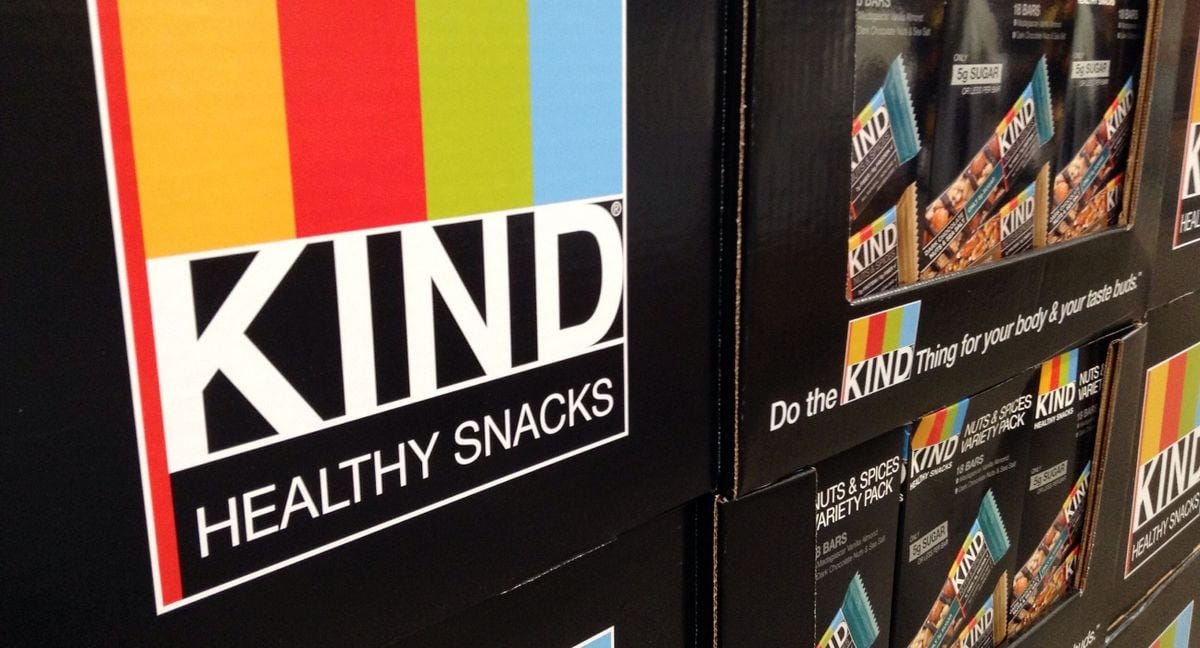Policy doesn’t make culture
3-min read
As our industry pushes the boundaries of freshness and sources closer to the farm gate, everyone needs to be on top of their game to ensure quality and food safety.
Does any of this sound familiar?
Co-packer can’t find an ingredient you shipped
You (or your co-man) repeatedly can’t get production started on time
Product quality varies with every run and you don’t know why
Ingredient shows up off spec and no one takes responsibility
Product shipped and later you find out something is wrong
Food safety and food quality are values that every food business would agree they have. Many feature quality as a benefit or differentiating factor in their marketing, like something is of “high quality”.
But what I mean by quality here is the ability to consistently produce to a standard and specification. Sometimes it’s easy to detect when quality is not met because the product doesn’t perform like it should, and it’s the manufacturer’s responsibility to fix it. But sometimes it isn’t.
When it comes to foodborne illness, everyone along the supply chain is reliant on the person before them to follow FSMA, which was enacted to make producers establish a food safety system. But even with FSMA and other food policies and regulations, we still have food illness outbreaks and recalls.
Last week I said that policy will not solve food safety problems but culture will. Below is what I mean by that.
Trust but verify
If you rely on a manufacturer to produce your goods or procure ingredients, you need to make it part of your company culture to trust but verify:
Understand who is the responsible party for pathogen testing
Ask for the HACCP plan and check that it is being followed
Provide a product brief and develop an SOP with your manufacturer
Assess the risk of each ingredient and check on previous recalls or failed audits
Do a site visit and ask for plant inspection audits
Site visits are crucial. If it looks bad, it is bad. If anybody had visited the Abbott Michigan plant you wouldn’t have had your dog food made there much less baby formula.
Do you have a people problem?
If you process or manufacture, having a technical leader in your plant is the goal. But just because someone is a Six Sigma black belt does not make them a good people leader. If you’re not sure if you have a people problem, ask yourself:
Is your plant consistently out of spec on items?
Is there a gap on what your team said they were going to do and what actually happened?
Are you stressed that your org has brand risk for not being in compliance with regulators?
If even one of these is true, then you are probably also wondering why, if you conduct training, does it not translate out on the production floor?
Create a people culture
It starts with your mission. Is senior leadership all the way down to the line workers aligned on the company mission? This is super hard when there is staff burnout and turnover but you have to start.
Second, are people prepared to be in their roles? Do they have what they need to implement the training in practice?
Third, what gives people purpose? Providing feedback and reviewing their work load regularly goes a long way to establishing a people-centered culture.
If you’re ready to shift to a people-centered culture and want help, contact a food safety consultancy like Catalyst.
Thanks to expert Jill Stuber, co-founder of Catalyst, for these tips. Jill runs a coaching-based program for technical leaders. You can hear Jill’s story leading QA at a poultry plant on this episode of the MeatingPod podcast.
All my best,
Jennifer





